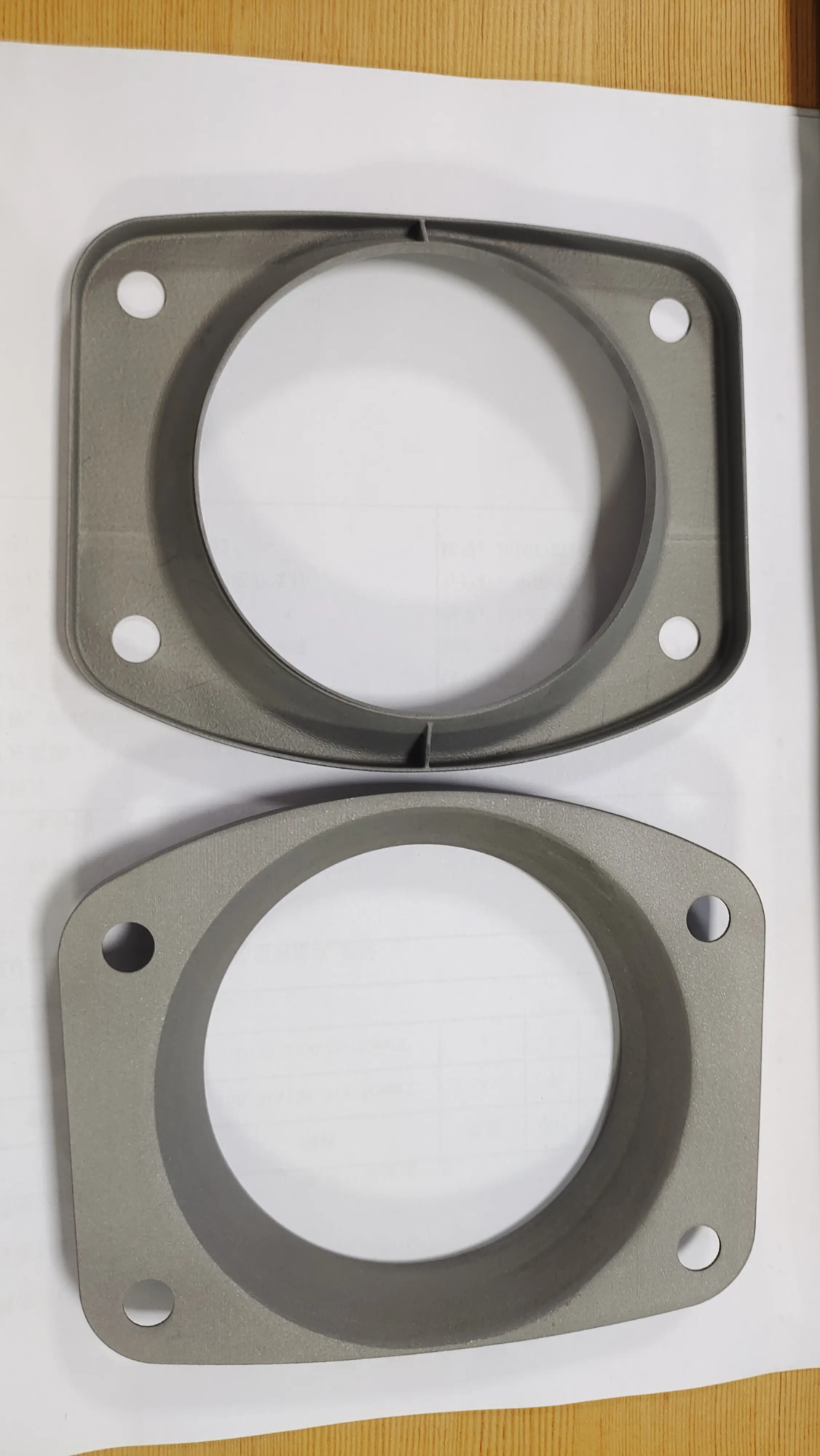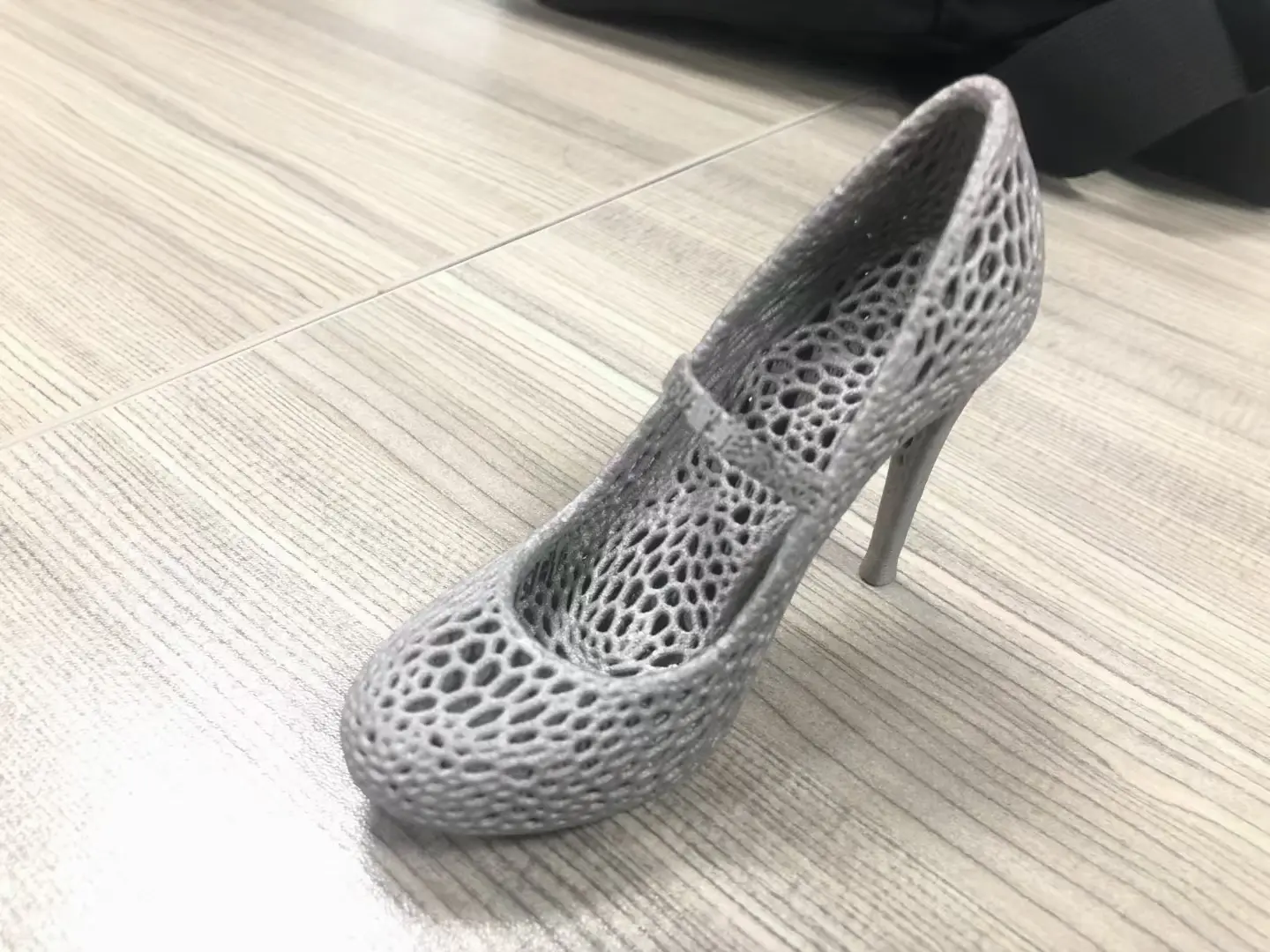Invisible Struggle: Common 3D Printing Failures and How to Overcome Them
3D printing is a technology that revolutionized the manufacturing of landscapes, with unparalleled flexibility and precision in creating complex geometric shapes and structures. But, like any other manufacturing process, it is not immune to errors. Despite advances in 3D printing technology, failures still occur, resulting in waste of materials, time and resources. Understanding the reasons behind these failures is critical to improving the overall efficiency and reliability of the 3D printing process. In this article, we will dig into common 3D printing failures, their reasons, and most importantly how to prevent or overcome them.
Understand 3D printing technology
Before you can dive into failure, you must understand the basics of 3D printing. This technology enables digital design by layering materials such as plastic, metal or ceramic. This process can be highly accurate, allowing for the creation of complex shapes that cannot be produced by traditional manufacturing methods. Companies like Greatlight, with advanced SLM (Selective Laser Melting) 3D printers and professional production technology, are at the forefront of solving the problem of rapid prototyping of metal parts, providing one-stop post-processing and completion services.
Common 3D printing failures
Warp and layering:One of the most common problems in 3D printing is warp and stratification. This happens when the printing layers cannot be fixed to each other or the build platform. This is usually caused by incorrect adhesion of the bed, inappropriate printing temperature or insufficient cooling.
Support material issues: For prints that require support materials to maintain structural integrity during printing, deleting these supports can sometimes damage parts. Improper support structure design or wrong use of support materials can cause these problems.
String and seeping: String or oozing, when moving from a printed part to another part, excessive molten material is squeezed out from the nozzle, resulting in unnecessary chains, and string or oozing will occur. This is usually due to incorrect retraction settings or excessive printing temperature.
- Layer movement: When there are mechanical problems such as belt sliding or pulley misalignment, layers shifting occurs, resulting in layers canceling each other. This may cause the complete print to fail.
Overcome 3D printing failure
To overcome these common 3D printing failures, your printing conditions and settings must be optimized. Here are some strategies:
Temperature control: Ensure that the extruder and the bed are at the optimal temperature of the material used can significantly reduce twisting and adhesion problems.
Adhesion technology: The use of adhesives, glue sticks or specialized build surfaces can improve the adhesion of the first layer to the build platform, thereby reducing the risk of warp and layering.
Support structure optimization: Designing support that is easy to remove and causes minimal damage to parts can alleviate support material problems.
- Maintenance and calibration: Regular maintenance of 3D printers, including belt tightening and pulley alignment, can prevent mechanical problems such as mechanical problems.
in conclusion
3D printing is a complex process that requires careful consideration of various factors to ensure successful printing. Although failure is an inevitable part of the learning and manufacturing process, understanding its causes and taking precautions can greatly reduce its occurrence. By optimizing printing settings, maintaining equipment and adopting strategies to mitigate common problems, manufacturers and hobbyists can improve the reliability and efficiency of their 3D printing operations. As technology continues to evolve, the room for errors will decrease, but until then, a deep understanding of potential pitfalls and how to overcome them will be crucial to obtaining high-quality prints.
FAQ
Q: What are the most common reasons for 3D printing failure?
A: The most common causes include warp and layering, support material problems, serial and ooze, and layer movement, usually due to incorrect printing settings, poor maintenance or design defects.
Q: How to improve the adhesion of the first layer to the construction platform?
A: Improved adhesion can be achieved by using adhesives, glue sticks or specialized build surfaces and ensure that the build platform is level and clean.
Q: What is the importance of regular 3D printer maintenance?
A: Regular maintenance, including tasks such as belt tightening and pulley alignment, is essential to prevent mechanical problems such as layer movement and ensuring the life of the printer.
Q: Are there any professional services that can help meet complex 3D printing needs?
A: Yes, companies like Greatlight offer professional rapid prototyping services, including advanced SLM 3D printing and one-stop post-processing solutions to meet complex metal parts manufacturing needs.





